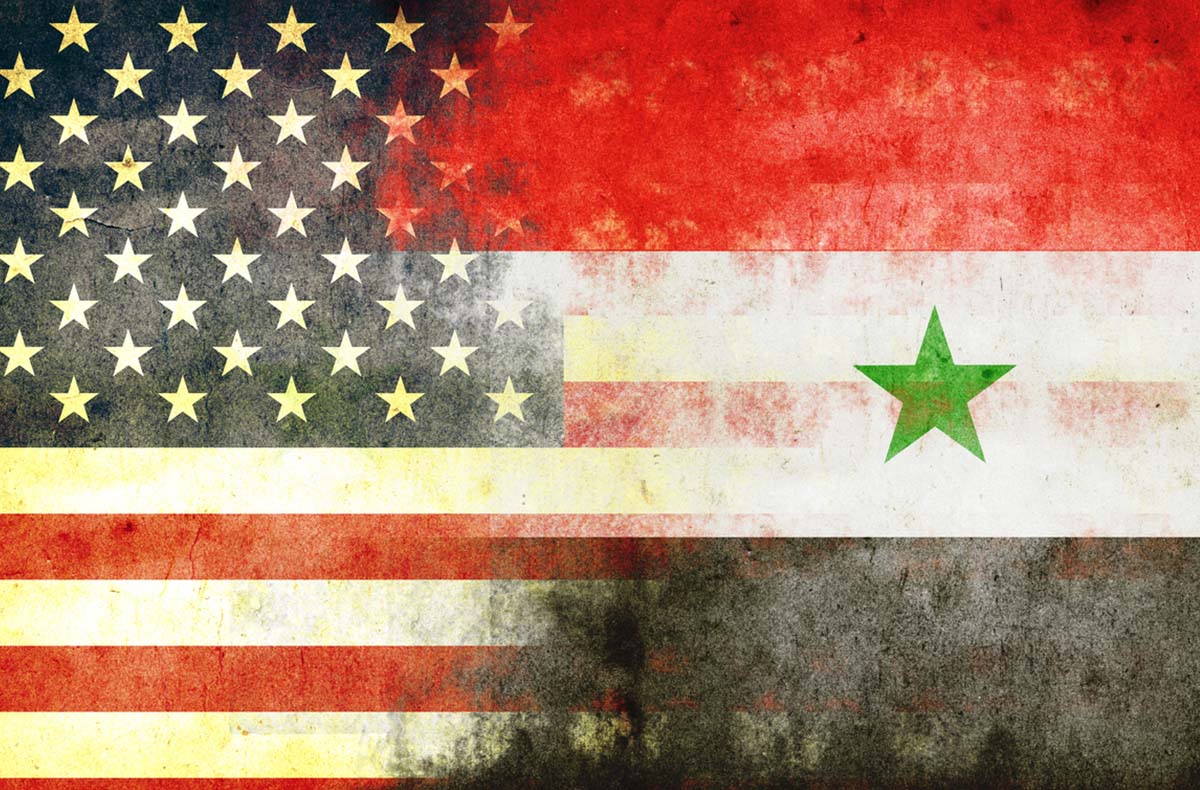
(Co-written with Jerry White)
Raging conflict in Sudan led to the recent evacuation of the U.S. Embassy, as violence persists in Mali and Ukraine. Security forces continue to commit violence against journalists in Bangladesh. Mass shootings are a near-daily occurrence in the United States.
Violence is the reason most indicators of human progress and development are backsliding. Armed conflict, gun violence, and interpersonal and gender-based violence are pervasive. Violence affects the health and well-being of individuals, communities, and entire societies across the globe.
As the United Nations meets monthly to discuss how to achieve its 2030 Sustainable Development Goals, violence prevention is essential to revitalizing economic activity and community health, strengthening civil society participation, advancing the rights of women and marginalized groups, and more.
Addressing the scourge of violence through the various religions and faiths worldwide may be a solution.
Some may argue that faith often intersects with conflicts, and it is true—religion may be the excuse of those seeking power around the world. Research reveals that religion and faith serve as vital sources of sustenance, calling individuals to embrace a profound sense of purpose.
The World Health Organization defines violence as “the intentional use of physical force or power, threatened or actual, against oneself, another person, or against a group or community, which either results in or has a high likelihood of resulting in injury, death, psychological harm, maldevelopment, or deprivation.”
Violence is a major factor in famine, forced migration, and environmental destruction. It prevents people from accessing work, quality education, and lifesaving infrastructure and is responsible for growing public cynicism about the world’s peace and justice institutions.
According to the Institute of Economics and Peace’s 2021 report, the global cost of violence was $14.4 trillion in 2019, equivalent to 11.6% of the global GDP, increasing rates of poverty worldwide.
The economic impact of war is an estimated $519 billion as of 2019. Violence is endemic globally and is not limited to conflict zones. An estimated 82% of all violent deaths occur outside conflict-affected areas, and fewer than half of the world’s most violent countries are experiencing armed conflict or war.
In the United States, gun violence costs over $557 billion, which is five times the country’s education budget. American taxpayers pay nearly $8 million daily in healthcare costs related to gun violence, and the average annual cost for gun violence in the U.S. is $1,698 for every person living there.
A 2021 study by the World Bank estimates that violence in schools leads to $11 trillion in lost lifetime earnings, as domestic and intimate partner violence costs a given economy an estimated 2% of its GDP.
The trauma of violence spreads as exposure erodes the physiological, social, and economic health of individuals and communities. Violence exacerbates physical and psychological illnesses, decreases educational and livelihood opportunities, and harms childhood development and health.
It is true that in some communities, religion-based violence is increasing, fertilized by online hate speech and incitement. Recent eruptions of violence against Christians surround Jewish and Muslim tensions in Israel.
The State Department’s most recent report on International Religious Freedom defines nine countries from India to Cuba where religious violence persists.
Some of the worst outbreaks of violence today can be termed “religicide,” characterized as the intentional murder of a religion, its followers, and their heritage. It includes genocide, femicide, factocide, and ecocide.
Tens of millions of people are at risk, from the Uyghurs and Tibetans in China to the Rohingya in Myanmar to Yazidis in Iraq, as well as Indigenous communities worldwide. If religion and spirituality are under attack, deploying religion and spirituality may be part of the solution.
A 2015 Pew Research Center study shows 84% of the world’s population belongs to some religious, spiritual, or faith tradition, as only 16% of the world’s population is unaffiliated with a religion. Some Americans report they want separation of religion and government. A 2022 Pew Research study shows 73% want a separation of religion and public policy.
But an interreligious peace treaty or a new global covenant to end all violence, including religicide, could be the most effective shortcut to promote peace, justice, and healing. According to several studies, this violence reduction could save an estimated $70 billion per year.
UN Secretary-General António Guterres has spoken about the importance of faith-based organizations in the realization of the 2030 goals, and several UN agencies have identified the value of faith actors and indigenous spiritual leaders to advance sustainable development.
But concerted mobilization requires matching good intentions and wisdom with a strategy for action.
Organizations like Cure Violence Global approach violence as a behavior, and contend that its spread can be detected, interrupted, and contained. The United Religions Initiative, Seventh Generation Fund for Indigenous Peoples, Tanenbaum Center for Interreligious Understanding, Religions for Peace, and Parliament of World Religions, among others, have grown diverse interfaith and spiritual networks to promote peace, justice, and healing in a majority of countries.
It’s time to activate networks of interreligious institutions and faith-based organizations to work with mayors, governors, and heads of state to activate the largely untapped power of spirituality and religion to end pervasive violence.
To meaningfully address the alarming rates of violence globally and to achieve progress on the 2030 goals, policymakers, government administrators, economists, diplomats, advisors, religious and faith leaders, and health officials must interrupt the spread of violence by partnering with diverse religious networks worldwide.
A violence-free world is not a leap of faith—it’s a necessary goal for humanity.

